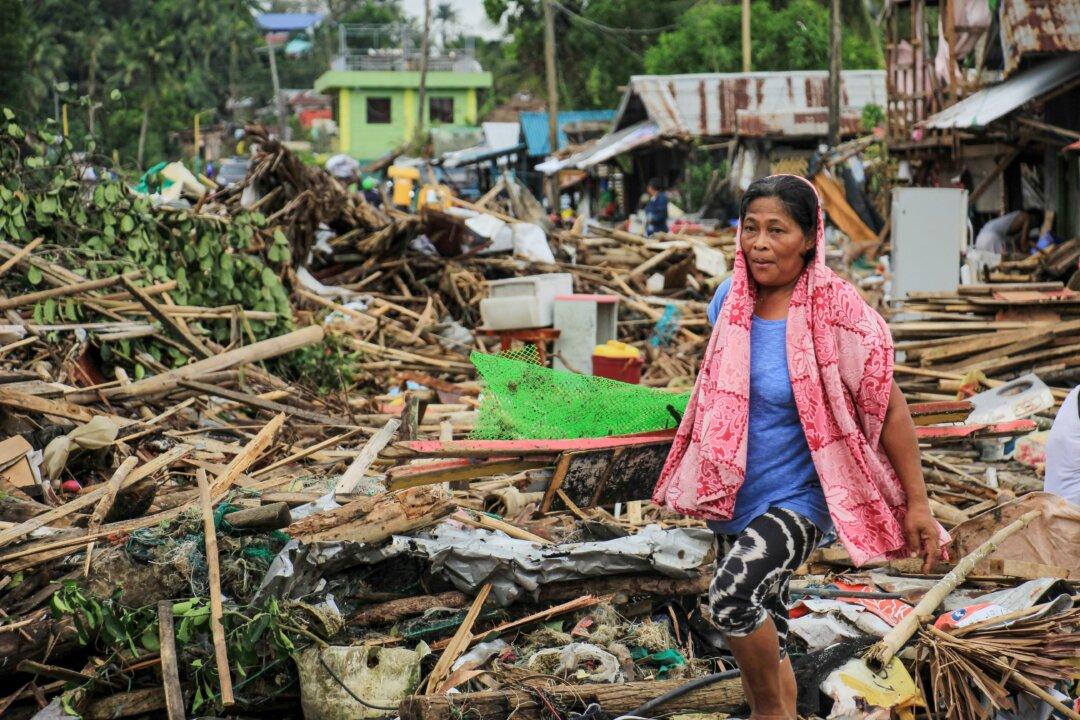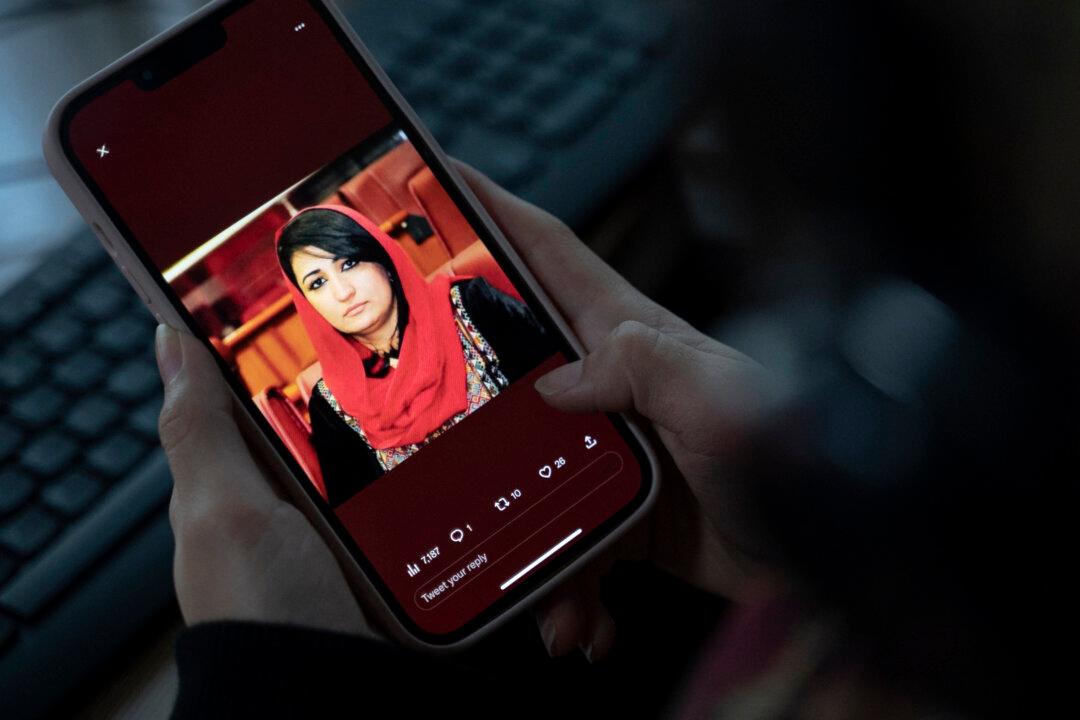TAIPEI, Taiwan—A typhoon that swept over the Philippines on Dec. 3 killed at least 10 people in a path of destruction that reached the capital Manila. But the country averted a larger-scale disaster, the likes of which often bedevil the impoverished country, due to stronger preparations, including mass mobile-phone alerts.
The typhoon, known internationally as Kammuri and called Tisoy in the Philippines, reached the Bicol Peninsula southeast of Manila late Dec. 2, with wind speeds of up to 208 kilometers per hour, according to the British forecasting service Tropical Storm Risk.




